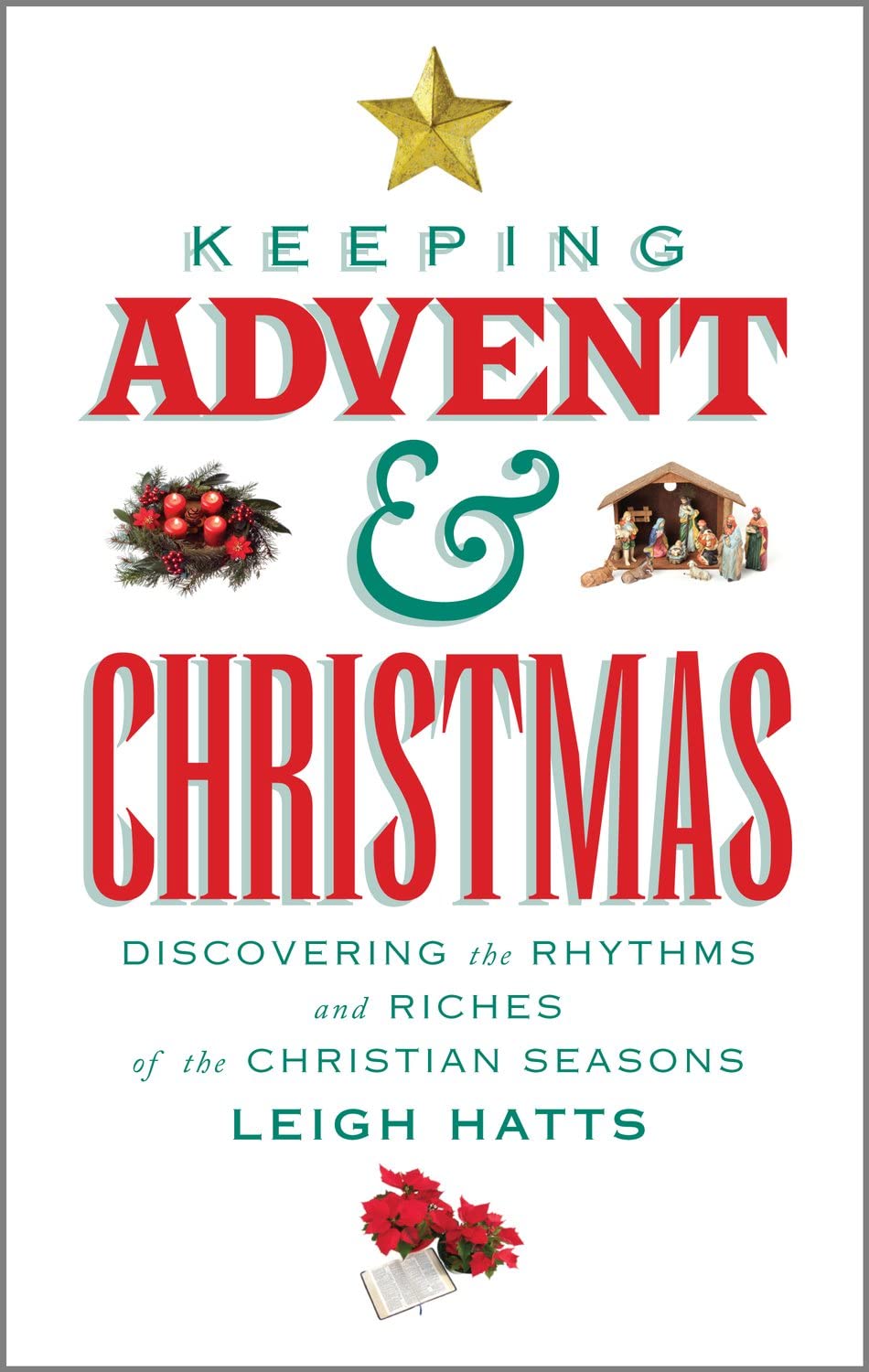The Three Kings have arrived
This year the Church has brought Epiphany forward a day so that we can celebrate on Sunday rather than wait until Monday. Maybe we can say that the Wise Men, or Three Kings, have now arrived in Bethlehem. Time to add those figures to the crib scene. So when is Twelfth Night? For some time […]
